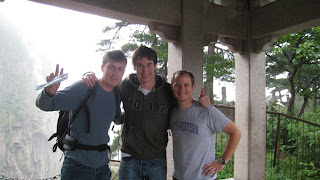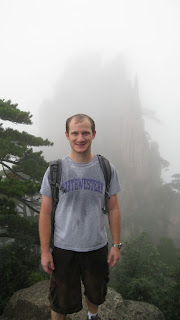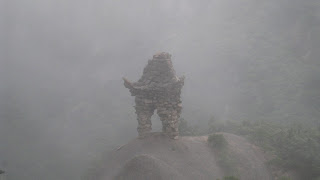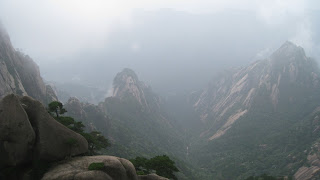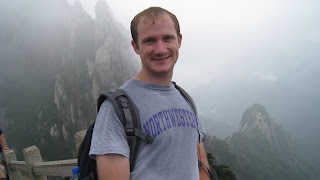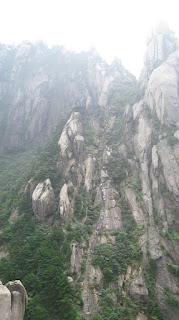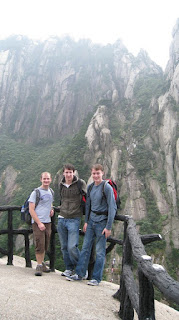When I arrived in Shenzhen, I realized I had been blindsided by one of flaws in the Chinese cell phone industry. Almost all of the cell phones in China are prepaid, but there is no notification or anything sent when the funds are low. Then, when the credit runs out, you are unable to send or receive calls or texts from other people. So normally the way you figure out you need to buy new credit is that you are met with an eerie radio silence and start thinking you're a pretty unpopular person when you receive no calls or texts. Finally, you'll try to send someone a text and come to the realization that nothing is going through.
Both times I've ran out of credit were times when I was trying to meet someone, so it's been a major inconvenience. After the first time I ran out of credit, though, I bought two new credit recharges so that the next time I ran out of credit I would be prepared. What I didn't count on, however, was that I wouldn't be able to load the credit from a different city than where I bought it. So when I tried to reload the credit in Shenzhen, it wouldn't work. At first I was pretty worried, because I didn't know exactly where I needed to go to meet Amy. Luckily, though, I had brought my laptop with me and the airport had free wireless. So I got online and through some instant messaging and the use of Skype to call both Derek and Amy, I figured out where I needed to go and made it there ok. The whole experience made me wonder how people ever lived without cell phones and technology when they were trying to meet up at home or especially in foreign countries. Seems impossible.
My time in Shenzhen was mostly just spent relaxing, eating, and going out. Shenzhen is mostly a commercial city so there aren't a lot of tourist sites, but it was pretty fun to just relax for a couple days there. Shenzhen was a very large city and much cleaner than I had remembered it being last summer when we went through the city on our way to Hong Kong. Since I didn't do a lot of tourist stuff in Shenzhen, I didn't take many pictures of the city, so here's a picture I took from the window of Amy's apartment:
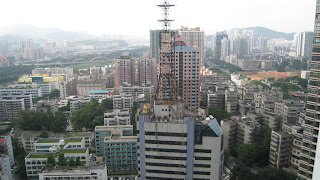
View of Shenzhen
On Saturday we crossed the border into Hong Kong. Since Amy and I had both already done a lot of the touristy stuff in Hong Kong, we decided to go to a beach and relax until the evening when we were meeting up with some more friends. The beach was very beautiful and it was great to go swimming in the ocean. The only bad part was that the water was pretty dirty and had a lot of garbage and plastic bags floating around near the shore. One of the fun things they had were some big floating platforms 100 meters or so from the shore. People would swim out to the platforms to jump off them and other general horseplay. I had to take part and show American dominance in the form of a short guy doing backflips. All in all I would have to say that it was pretty successful.
Beach at Sunset
Hong Kong was a very nice break from normal life in China. It was great to be able to speak English to people on the streets and enjoy the more Westernized way of life there. The general level of cleanliness of the restaurants, streets, bathrooms, stores, etc. was also higher than what I am getting used to here in Hangzhou. Sometimes these types of observations don't really strike you until you see it firsthand and realize what you've been missing.
I didn't do that much site seeing in Hong Kong either, since I was only there a day or so. I was able to eat some Dim Sum and hit up the nightlife at Lan Kwai Fong, though. Overall, it was great to be able to meet up with some friends from college and enjoy a brief relapse into English speaking lifestyle.
View of Clouds on Flight Back to Hangzhou
Here is a link to more pictures on picasa: http://picasaweb.google.com/wallred10/ShenzhenHongKong#










